- Home
- slideshows
- miscellaneous
- 10 features Samsung's Galaxy S20 phones have that Apple's latest iPhones are missing
10 features Samsung's Galaxy S20 phones have that Apple's latest iPhones are missing
Bigger screens

A notch-free screen
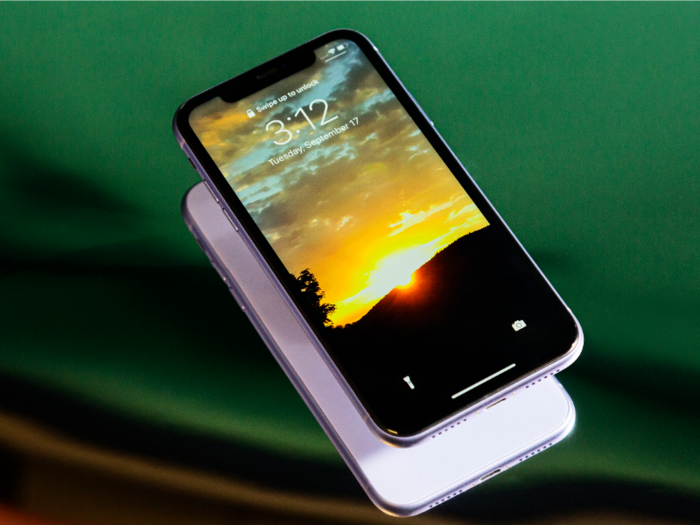
Apple replaced the traditional bezel with a "notch" cutout that sits just above the screen starting with the iPhone X in 2017. That notch is necessary to provide space for the iPhone's front-facing camera and facial-recognition sensors. And in 2019, two years later, the iPhone 11 and iPhone 11 Pro still have that very same notch.
But Samsung has taken a different approach with its Galaxy S20 phones and last year's Galaxy S10. Those phones have a smaller cutout that resembles a hole punch, which Samsung calls its "Infinity-O" display.
Higher-resolution camera sensors
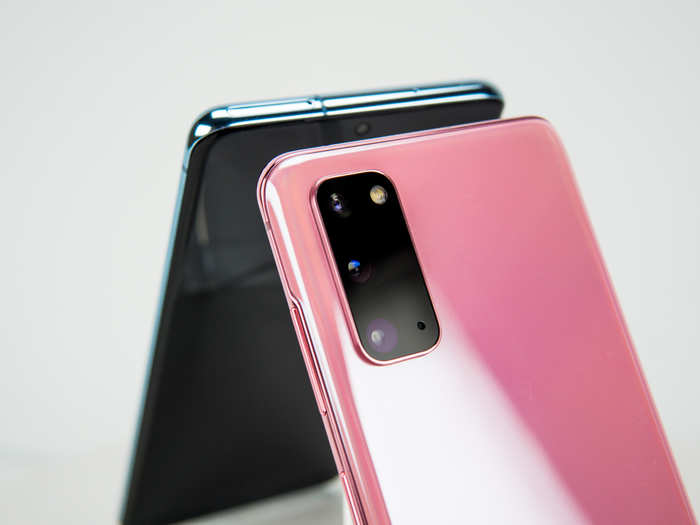
The cameras on Samsung's new phones are also much different than Apple's. The Galaxy S20 and S20 Plus have camera systems that consist of a 12-megapixel ultra-wide angle camera, a 12-megapixel wide-angle camera, and a 64-megapixel telephoto camera. The Plus-sized model also has a fourth camera for depth-sensing.
But it's the Ultra model that really stands out for its camera. The high-end model comes with a 108-megapixel wide angle camera, a 48-megapixel telephoto camera, a 12-megapixel ultra-wide-angle camera, and a depth-sensing camera. Samsung also says the 108 megapixels on the Ultra model are capable of grouping together to form a larger 12-megapixel sensor that can take in more light.
The iPhone 11, by comparison, has a dual 12-megapixel camera with a wide-angle and ultra-wide-angle lens, while the Pro models have triple-camera systems with an additional 12-megapixel telephoto camera.
Samsung's Galaxy S20 Ultra also has a higher resolution 40-megapixel selfie camera, while the other two models have a 10-megapixel front-facing camera. That's compared to the iPhone's 12-megapixel selfie camera.
A camera that can zoom in closer
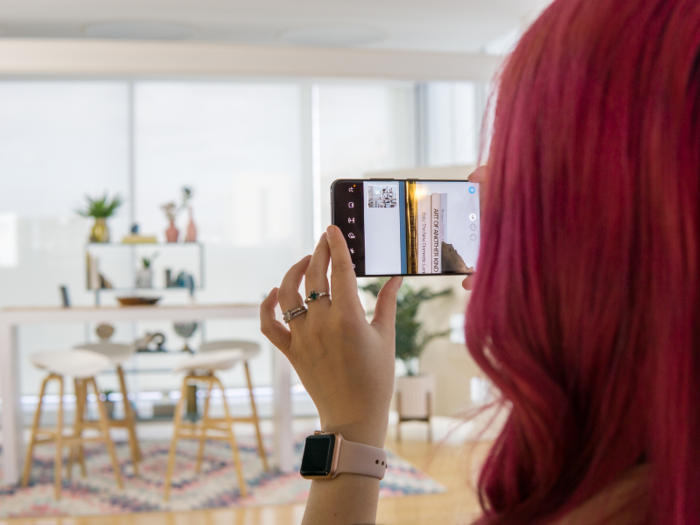
In addition to having higher-resolution sensors than Apple's iPhones, the Galaxy S20's camera can also zoom in further than the cameras on the iPhone 11 and iPhone 11 Pro. The Galaxy S20 and S20 Plus have an optical zoom of up to 3X and a digital zoom of up to 30X, while the Galaxy S20 Plus has an optical zoom of up to 10X and a digital zoom of up to 100X.
The iPhone 11 has a digital zoom of 5X, while the iPhone 11 Pro has a 2X optical zoom and a 10X digital zoom.
A camera that can take photos in different modes with one press of the shutter button
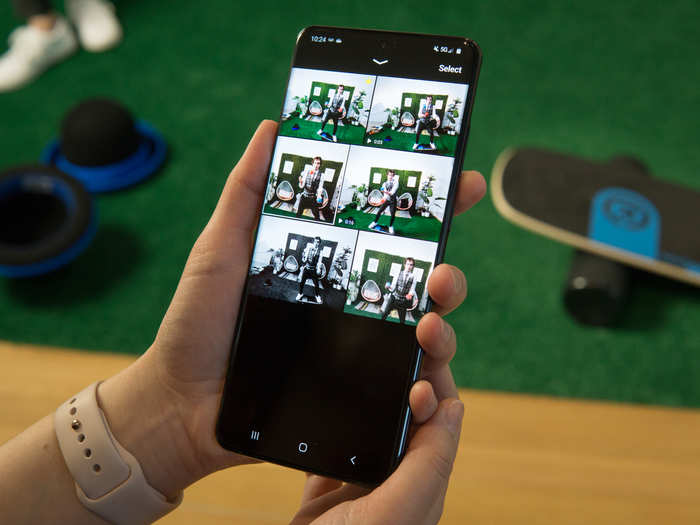
It's not just the camera hardware that Samsung changed with its Galaxy S20. The company also added a new feature called Single Take, which captures video clips and stills in multiple formats with a single press of the shutter button.
The iPhone doesn't have this specific feature, but the iPhone 11 and 11 Pro do have a feature called QuickTake, which lets you shoot a video without switching out of photo mode.
More storage in the base-level model
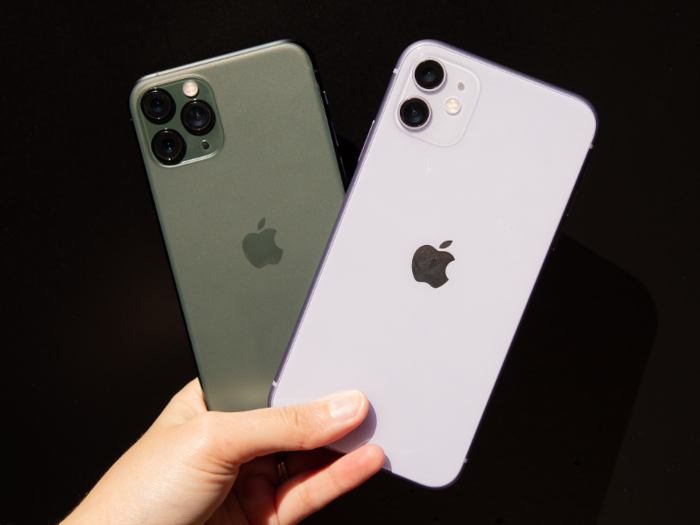
The base model of Samsung's newest devices come with 128GB of storage, whereas the entry-level iPhone 11 and iPhone 11 Pro have 64GB of onboard space.
5G compatibility
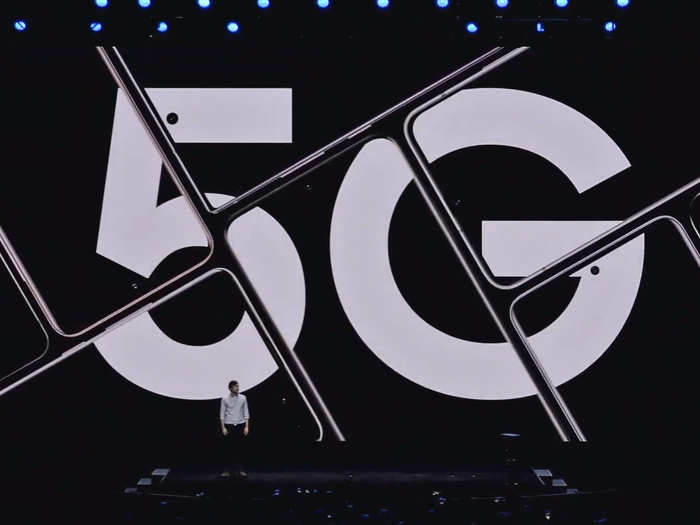
All of Samsung's new smartphones support 5G connectivity, but the less expensive Galaxy S20 can only connect to slower, mid-band networks. The Galaxy S20 Plus and S20 Ultra, on the other hand, support super-fast millimeter wave 5G networks, although the downside is that these speedier networks don't have long ranges for covering broad distances.
None of Apple's current iPhones support 5G, but that will reportedly change this year as the company's iPhone 12 lineup is expected to support the next-generation network.
Still, it's worth noting that 5G networks still have yet to mature in the United States. Networks from Verizon, AT&T, and Sprint are only available in a handful of cities across the country, and even in those cities it's usually only available in select areas. T-Mobile's 5G network is available across the country, but only in select areas.
A screen with a 120Hz refresh rate
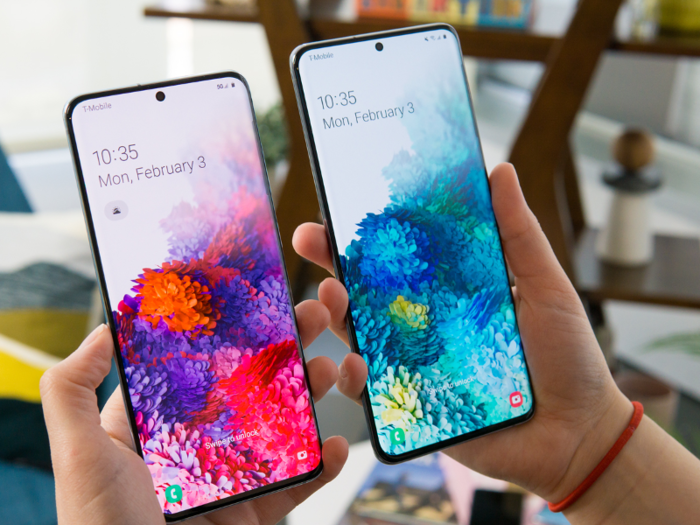
You can boost the Galaxy S20, S20 Plus, and S20 Ultra's screen refresh rate up to 120Hz, which is higher than the average refresh rate of 60Hz on most smartphones.
Boosting the refresh rate should make navigating the operating system and scrolling feel smoother and more natural. Apple's iPad Pro models are capable of refreshing at 120Hz through a feature the company calls ProMotion, but this has yet to make its way to the iPhone.
A fingerprint sensor that's embedded in the screen
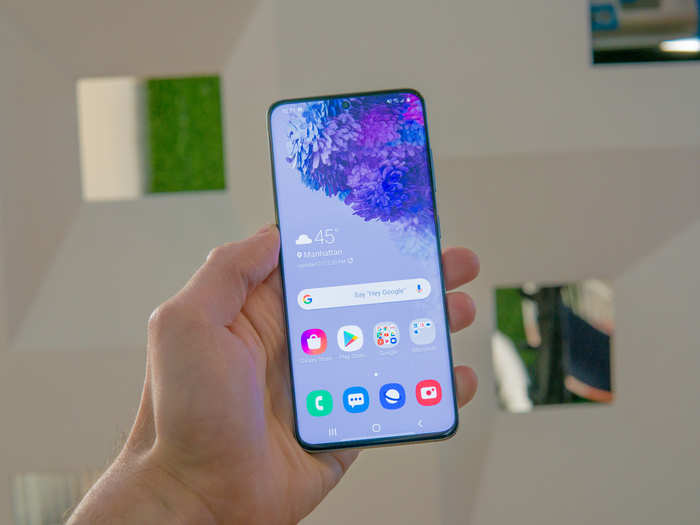
Apple axed the fingerprint sensor in favor of Face ID when it killed the home button in 2017 with the iPhone X. And it has yet to bring it back.
Samsung's Galaxy S20 devices and last year's Galaxy S10 devices (excluding the S10e) each have a fingerprint sensor embedded in the display, giving users a choice between unlocking their device through fingerprint or facial recognition. Apple's newer smartphones, like the iPhone 11 and 11 Pro, only support facial recognition.
Reverse wireless charging
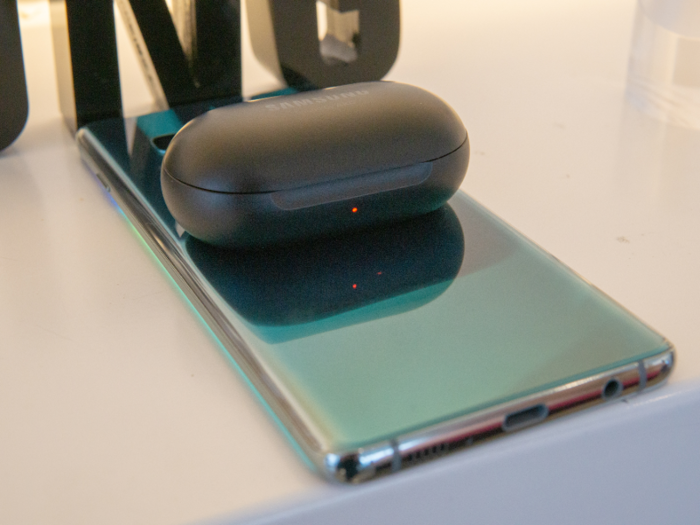
Samsung's Galaxy S20 lineup, as well as its older Galaxy S10 phones, are capable of wirelessly charging other devices by resting them on the phone's back. Rumors suggested that Apple was planning to bring this feature to the iPhone 11 lineup, but no such feature exists on the iPhone.
Popular Right Now
Popular Keywords
Advertisement